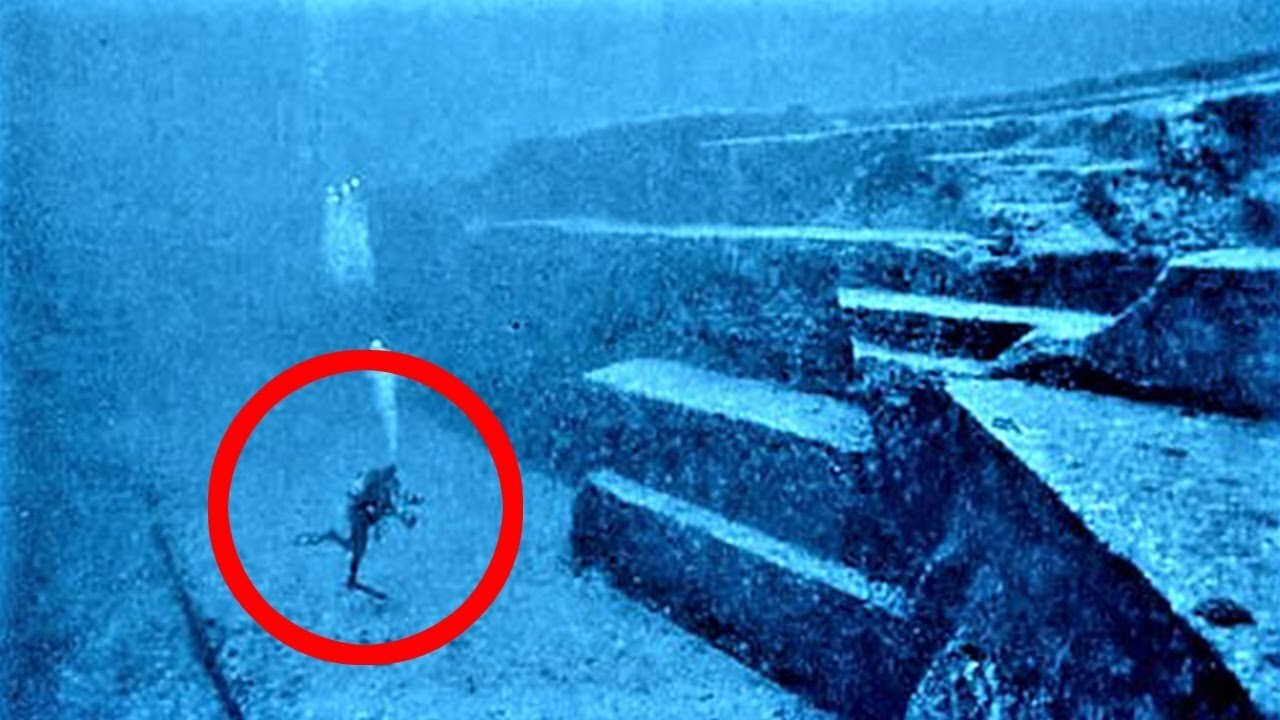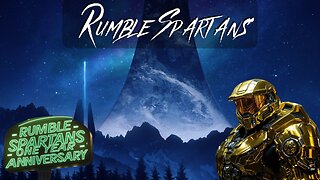Premium Only Content

21 SURREAL Strange Places To See In Japan
"FROM Mysterious Deep Sea Locations; to Giant Statues and Temples; These are 21 SURREAL Strange Places To See in Japan !
HEY YOU ! There are more awesome videos being made every week, like and subscribe to World Unearthed so you don't miss a beat !
8. Mount Koya
The first to settle on Mount Koya was a monk in the year 819. Over time, it became the headquarters for the Koyasan Shingon sect of Japanese Buddhism. On the mountain, you’ll find a plethora of notable locations, including the Okunoin mausoleum, as seen here, and the Kongobu-ji--a major Koyason Shingon temple. Mount Koya has a long and deeply spiritual history as well as a lot of picturesque views. Many people love coming here during the winter when the whole settlement gets covered in snow.
7. Ueno Park
In the Ueno district of Tokyo, we find Ueno Park, an enormously popular public park in the country’s capital city where some of the best sights for cherry blossom trees can be marveled at. The park takes in over 10 million visitors every year. Established back in 1873, the park now features nearly 9,000 trees, such as at least 3 types of cherry trees. Major museums located at the park also help bring in the many visitors it does, like the Tokyo National Museum and the National Museum of Nature and Science. Not only does it attract humans, but a myriad of birds take to Ueno Park for their wintering ground.
6. Itsukushima Shrine
A most magical sight awaits anyone who comes across the Shinto Shrine’s floating gates along the the island of Itsukushima’s coast. The actual Itsukushima Shrine has been destroyed many times over the years, with a history that started in the 6th century. The shrine of the modern day was first designed and built in 1168. The gate on the bay is a favorite landmark, which only looks like it gloats on the water during high tide. You’ll have to wait until low tide to be able to walk to it without getting wet.
5. The Yonaguni Monument
The sear near the coast of Yonaguni already rose to prominence as a favorite diving spot well before the discovery of the Yonaguni Monument. The mysterious geometrical landmark was discovered by the director of the area’s tourism association as he was trying to find a nice place to just watch hammerhead sharks swim by. The discovery was made in 1987 and since then, the pyramid-like structure has baffled historians as to how it got there. A collection of stone structures have been found here, with no one knowing where they came from.
4. Aoiike
In one season, the Blue Pond or Aoiike in Hokkaido might look more blue in the next season. And it also depends on the wind. Sometimes, the pond may look like a flat mirror against the sky--while at other times, it may flow this iridescent blue. This man-made pond is located in Biei and was created so that the nearby town could be protected from harmful volcanic mudflow. It gets so blue sometimes that it almost doesn’t even look real. To explain why it gets so vibrant, speculation says that the blue comes from the colloidal aluminum hydroxide. Once, the pond even turned brown from a drop in the water, mixing it with more sand and mud.
3. The Hakkoda Mountains
More volcanoes. Just south of the city of Aomori sit the volcanic mountain range known as the Hakkoda Mountains that dates back to the Pleistocene era. The highest peak, Mount Odake, takes about four or so hours to climb. But one of the best things to see here can be experienced during the winters when the trees get submerged in snow, making strange standing shapes along the mountainside that look like figures rising from the mountains, bending and life-like. You can also find high altitude wetlands such as Tamo, Kenashi, and Suiren Lake.
2. Fushimi Inari Shrine
Within this head shrine dedicated to the god Inari is also associated with 32,000 other sub shrines scattered across the country. The Fushimi Inari Taisha, located in the Fushimi Ward in Kyoto, was built at the base of thea mountain. Its earliest structures date back to the 8th century, ThIn the mythology, foxes, or kitsune, are considered messengers, and a handful of fox sculptures can be seen all over Fushimi Inari. During the Japanese new year, millions of people arrive to worship at this shrine.
1.Hitachi Seaside Park
While most people come here for the baby blue eyes flower field that bloom on Miharashi Hill throughout the year, one of the oddest yet beautiful things you can also see include a field of Bassia scoparia that turns a bright magenta during the autumn season and only get redder as the climate gets colder. The Hitachi Seaside Park, in Hitachinaka, requires you to enter through the Hitachinaka Nature Forest before you get to the flowered hills."
-
 9:01
9:01
World Unearthed
4 months agoINCREDIBLE Abandoned Ships
75 -
 LIVE
LIVE
SilverFox
1 hour ago🔴LIVE - OBLIVION IS BETTER THAN SKYRIM NOW
114 watching -
 LIVE
LIVE
SpartakusLIVE
5 hours agoDuos w/ StevieT || Trios or Quads Later?!
104 watching -
 LIVE
LIVE
OhHiMark1776
5 hours ago🟢04-27-25 ||||| Halo Multiplayer Rumble: No. 13 ||||| Halo MCC (2019)
211 watching -
 2:12:28
2:12:28
TheSaltyCracker
3 hours agoThey Killed Her ReeEEEe Stream 04-27-25
104K166 -
 2:33:51
2:33:51
vivafrei
13 hours agoEp. 261: Criminal Judges ARRESTED! Election in Canada! Santos Sentenced! RFK Jr. & Autism & MORE!
162K71 -
 LIVE
LIVE
Amish Zaku
6 hours agoRumble Spartans "The One Year" Event
144 watching -
 LIVE
LIVE
Illyes Jr Gaming
3 hours agoLaid Back Sunday Night Warzone Stream!
45 watching -
 1:51:18
1:51:18
Nerdrotic
5 hours ago $6.05 earnedDiscoveries From Graham Hancock's "Fight for the Past" | Forbidden Frontier 099
39.9K5 -
 1:09:42
1:09:42
Sarah Westall
4 hours agoHidden Tech Resembles Star Trek: Malaysian Airline, Portals & Wormholes w/ Ashton Forbes
50.2K17